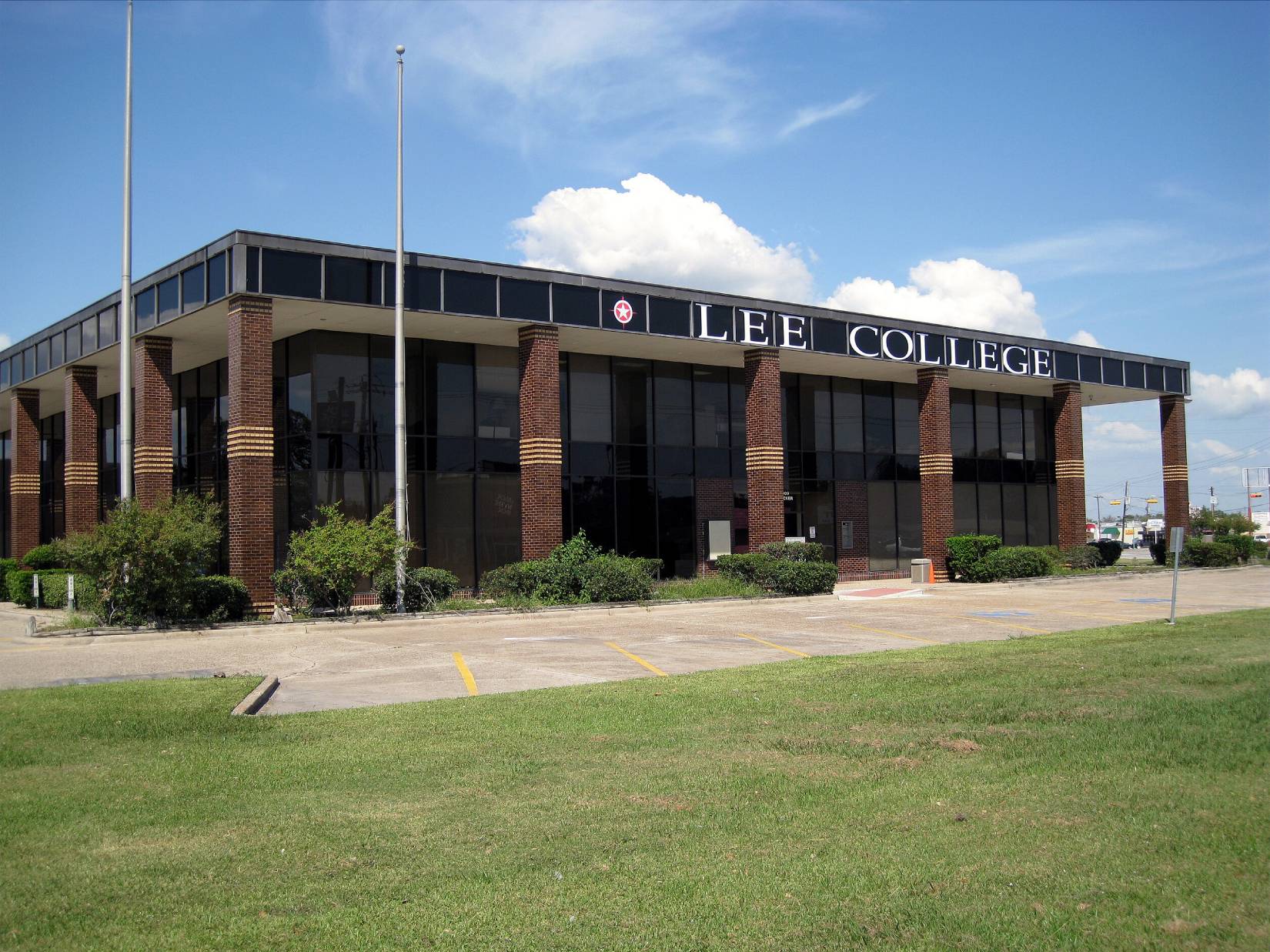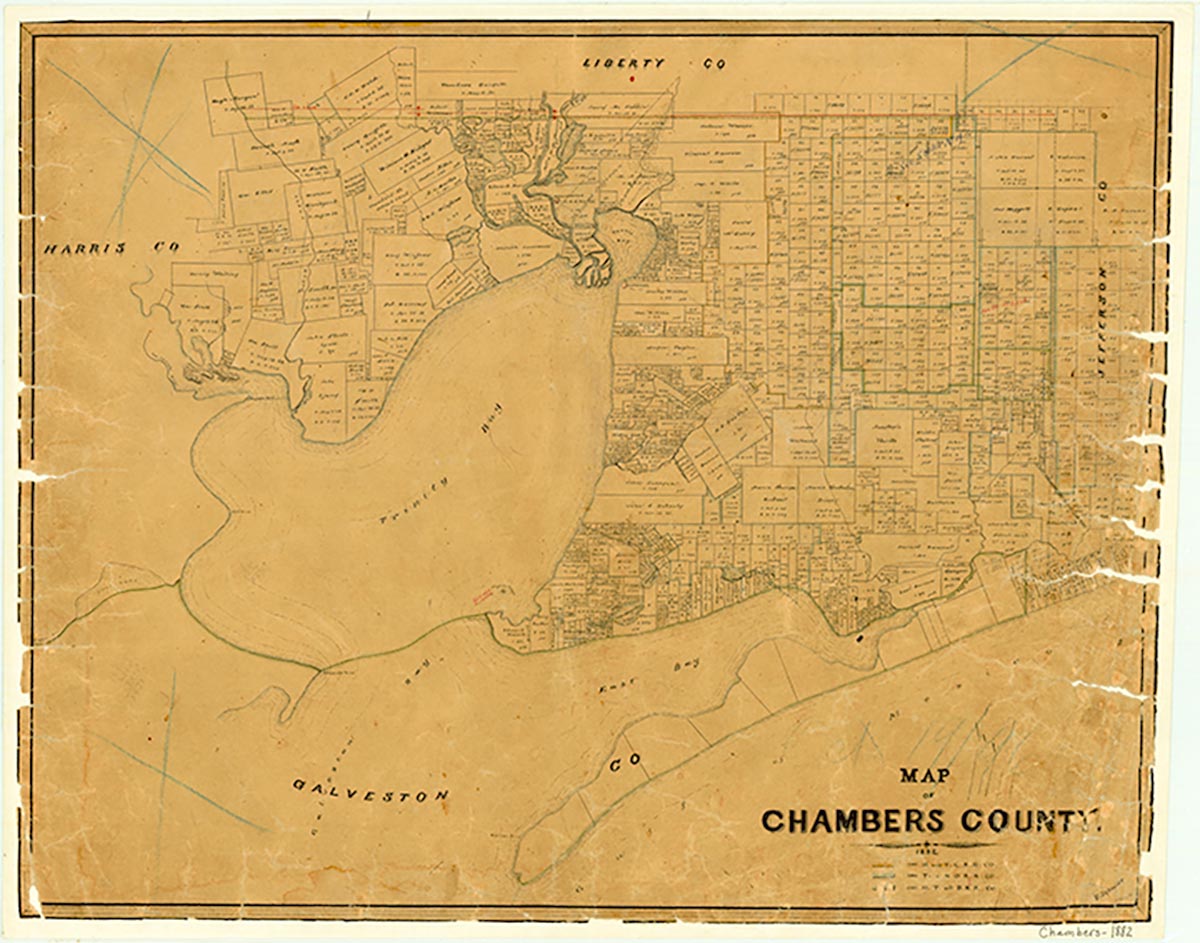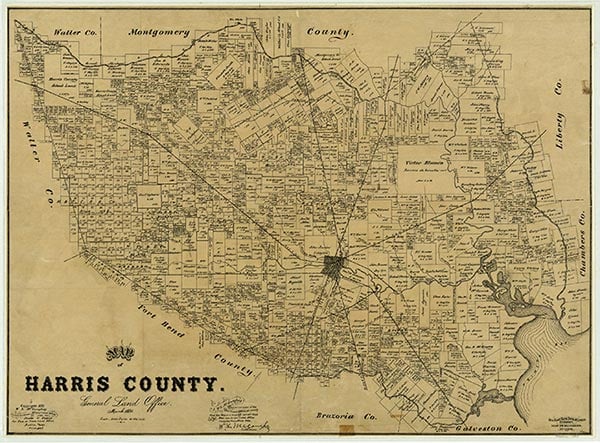Lee College

Lee College Texas Avenue Complex, Baytown, TX


Lee College is twenty-five miles east of Houston in the industrial city of Baytown, near the confluence of the Houston Ship Channel and Galveston Bay. It was originally founded as a junior college during the Great Depression years of the 1930s to offer college courses to local students. Voters of the Goose Creek school district authorized the establishment of Lee Junior College on February 24, 1934. W. R. Smith, superintendent of the school district, became the first president of the school. The district board of trustees operated the college. When classes began in September 1934, only four of the institution's twelve faculty members were full-time teachers. Classes were held for the 177 students in Robert E. Lee High School. Vocational classes, inaugurated in 1936, were suspended during World War II but restored in 1946 and expanded in the postwar years into a comprehensive program of technical-vocational education. The trustees changed the name of the institution to Lee College in 1948 because they were concerned that the designation "junior" would discourage adults from taking courses.
In 1945 Walter Rundell, one of the original faculty members, became dean of Lee College. With an absentee president, Rundell became the guiding force behind major developments at the college and remained so until his retirement in January 1967. In 1948 the college was accredited by the Southern Association of Schools and Colleges. Construction of a campus facility separate from the high school began in 1950, and the college moved into its new buildings in time for the fall semester in 1951. Enrollment increased from 679 in 1951 to 894 in 1955. A new liberal arts building was completed in 1958; a nursing program was begun in 1961; and a new library and expanded gymnasium were completed in 1962. By the fall of 1964 the enrollment was 1,874. Although efforts directed toward separating the college from the public schools dated from 1940, in 1965 Lee College remained one of only two state-supported two-year colleges in Texas without its own governing board. Determined opposition from the public school board and its superintendent prevented separation until district voters were given the opportunity to make the decision in a public referendum on August 9, 1965; separation was approved by a vote of more than two to one. The college then obtained its own board of regents, and Richard D. Strahan was named the first full-time president. Other presidents have included Raymond C. Cleveland, Jim D. Sturgeon, Robert C. Cloud, Vivian Blevins, and Jackson N. Sasser. During his tenure Rundell worked to maintain the quality of the Lee College faculty, of the college library, and of the extension program at the Texas Department of Corrections (see PRISON SYSTEM), begun in 1966 at the suggestion of Rundell's longtime friend, George Beto, director of the TDC. Shortly after Rundell's retirement Lee College had more prison inmates enrolled in college courses than any other college in the nation.
James C. Maroney, William J. McNeill | © TSHA

Adapted from the official Handbook of Texas, a state encyclopedia developed by Texas State Historical Association (TSHA). It is an authoritative source of trusted historical records.

- ✅ Adoption Status:
Belongs to
Lee College is part of or belongs to the following places:
Date of Founding Notes
Classes first held in 1934
People
-
President, Dr. Lynda Villanueva 2020–Present
Currently Exists
Yes
Place type
Lee College is classified as a College or University
Tags
External Websites
- Lee College (Official Website)
Fall Faculty Count, 2019 View more »
361
Fall Enrollment Count, 2022 View more »
7,811
